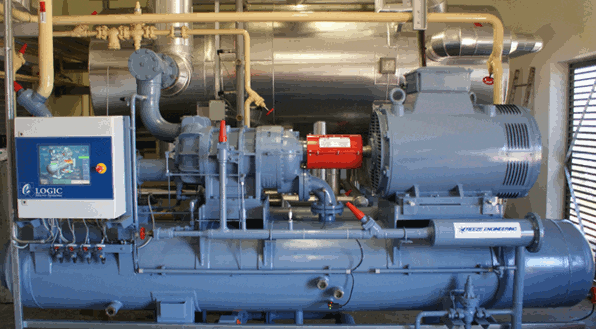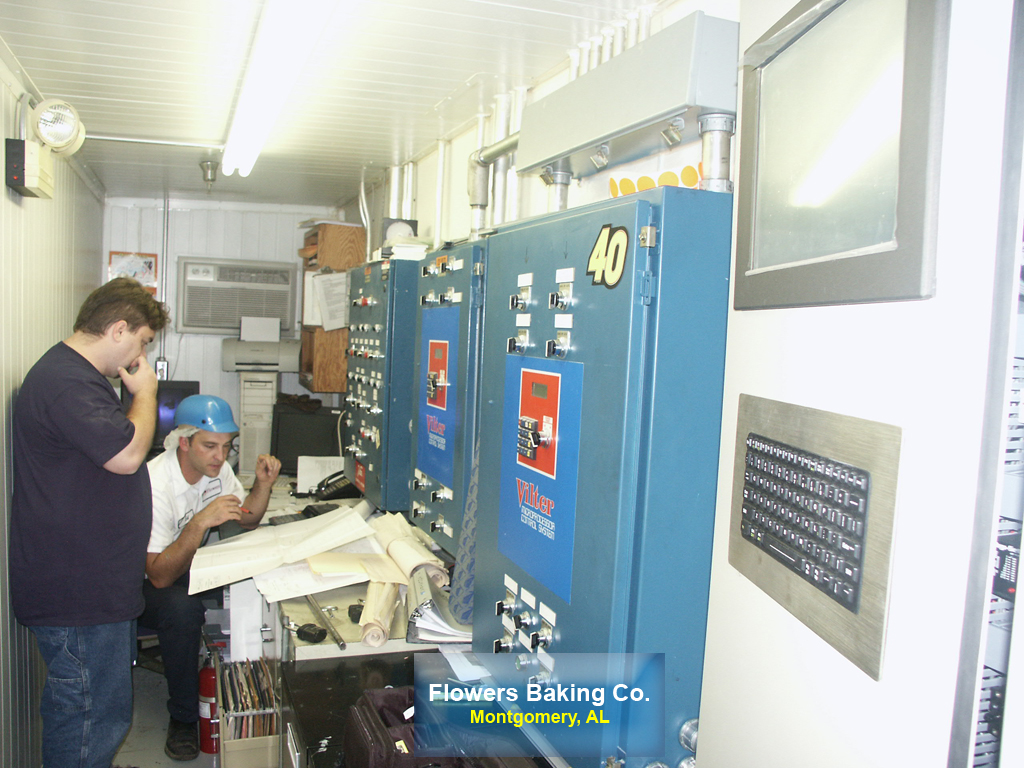Decision Support System

A "Decision Support System" is quite simply a system designed to collect and format information about an organization's daily operations for use during decision processes. In effect, we're talking about a data collection/warehouse system with an ad hoc Internet-based reporting system that allows personnel to quickly format reports for discussion and analysis purposes.
Have you ever stopped to consider how much valuable information your various control systems routinely discard during the course of a day? What if that information could be retrieved, stored, and quickly formatted with relevant product information and/or personnel decisions for analysis over time? Well, it's absolutely possible. In fact, your competitors may already have that capability. Here are just a few examples of decisions that become far more accurate when a Decision Support System is available:
-Raw Material Requirements
-Environmental Control System Efficiency
-Personnel and/or Production Efficiency
-Peak System Capacity Trends
-Overall Operational Costs
-True System Profitability
-Capacity Planning
-Product Shortage Trends
-True Product Shelf Life
-Order Processing Efficiency
-System Downtime Costs
The system has virtually limitless expansion capabilities due to the fact that the user interface is capable of cross data-store enterprise reporting.These systems can be retrofitted to an existing plant-floor automation system or implemented along with a new control solution. We will be happy to implement a custom ETL (Extract Transformation Layer) to extract data from plant floor operation control systems for customers who have an existing data-warehouse system / reporting system.
A data warehouse is simply a way of storing data for later retrieval. This retrieval is almost always used to support decision-making processes. Some data warehouses are merely archive copies of data. Still, the full benefit of taking the time to create a data warehouse, and then possibly cube structures, is to speed the retrieval of data. In other words, it supports queries. These queries are often across time. And why would anyone look at data across time? Perhaps they're looking for trends. And if they're looking for trends, you can bet they're making decisions, such as how much raw material to order, how many people are required for the process, etc. That's why many data warehouses are considered to be DSS (Decision-Support Systems). In effect, with a data warehouse system all relevant information that was previously lost can be stored and analyzed. If the data model is properly structured, the information can be almost instantly retrieved. Aggregate rules of storage can be used to maintain information for extended periods of time (10 years or more in some cases). It is also possible to implement data-stores for each facility operated by a corporation. With the addition of an enterprise-wide reporting system, reports can be developed utilizing information from all facilities. In this scenario, issues can be quickly isolated to a specific process or facility.

